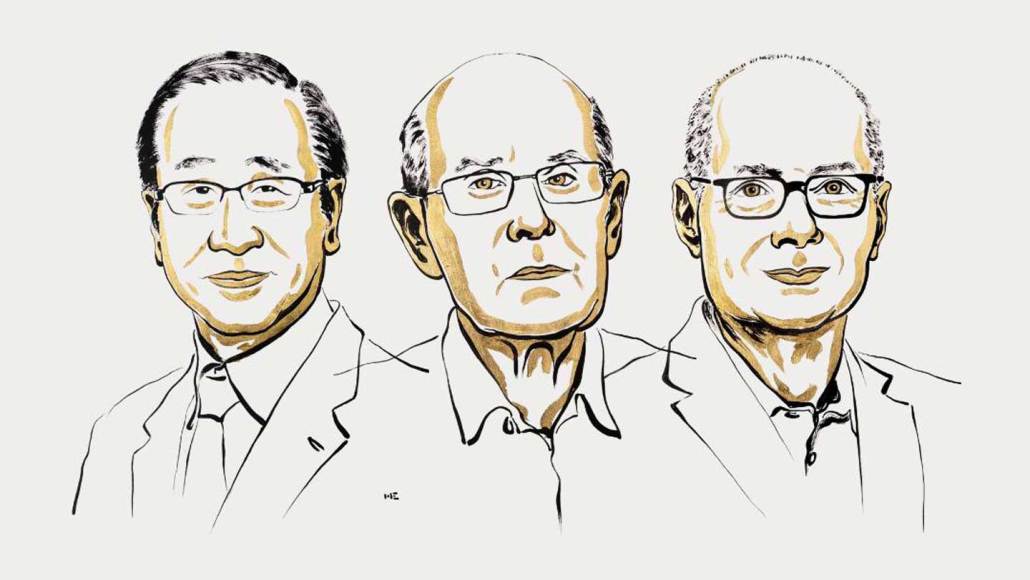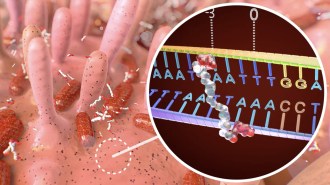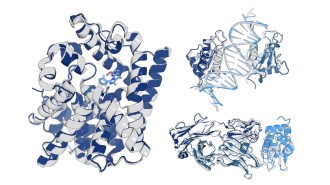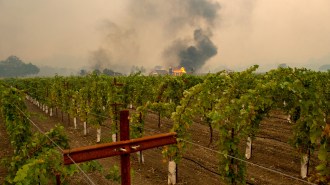Chemistry that works like Hermione’s magic handbag wins a 2025 chemistry Nobel
Capacious molecular structures can collect water from air, capture greenhouse gases and much more

Susumu Kitagawa, Richard Robson and Omar Yaghi (illustrated left to right) have won the 2025 Nobel Prize in chemistry for their work on metal-organic frameworks. These capacious molecular structures can be used to trap gas, water and other chemicals.
Niklas Elmehed © Nobel Prize Outreach






